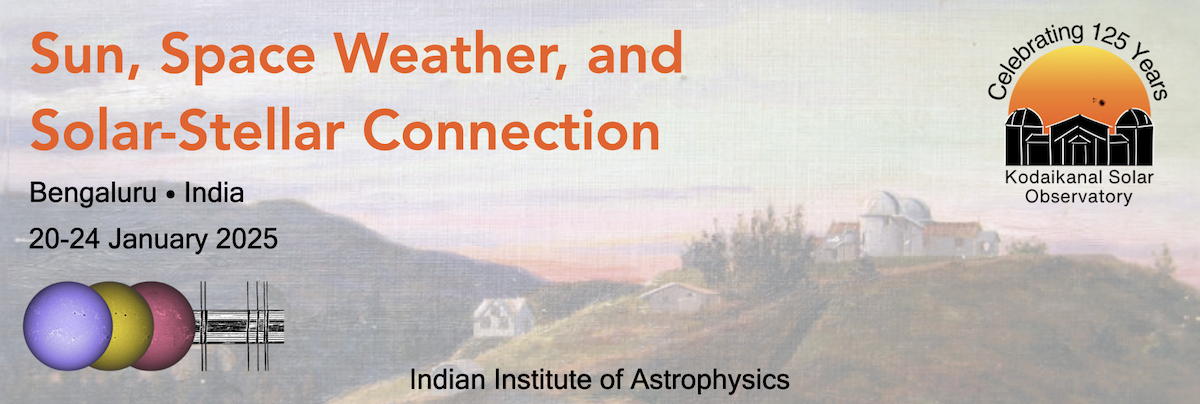Speaker
Description
The space weather inside the heliosphere is dictated by various dynamic processes of the sun; Among these, Coronal Mass Ejections (CMEs) stand out due to their significant impact on space weather. The Geo-effective Interplanetary Coronal Mass Ejections (ICMEs) can trigger severe space weather events, such as geomagnetic storms, which pose substantial risks to modern technological infrastructure, particularly in our developing digital world. Accurate forecasting of CME dynamics, including velocity and impact, is essential for mitigating these risks. Recent breakthroughs in Artificial Intelligence and Machine Learning models have shown promise in improving predictive models for CME. However, the success of these models depends significantly on the proxies used in training them. In this study, we aim to identify the proxies that can enable us to predict the velocity of sunspot-originated CMEs up to 12 hours before their ejection. CME velocity is crucial because it is linked to the geo-effectiveness of CMEs and provides valuable insights for space weather mitigation. Our research investigates the efficacy of magnetic parameters derived from vector magnetograms in predicting CME velocity. Through this study, we identified the best proxies from the derived AR magnetic parameters for velocity prediction and observed notable discrepancies in the correlation of these parameters for slow and fast CMEs. These findings offer new perspectives on the relationship between magnetic parameters and CME dynamics, with implications for improving the accuracy of space weather forecasts.
| Contribution Type | Poster |
|---|---|
| Theme | Energetic Phenomena |

